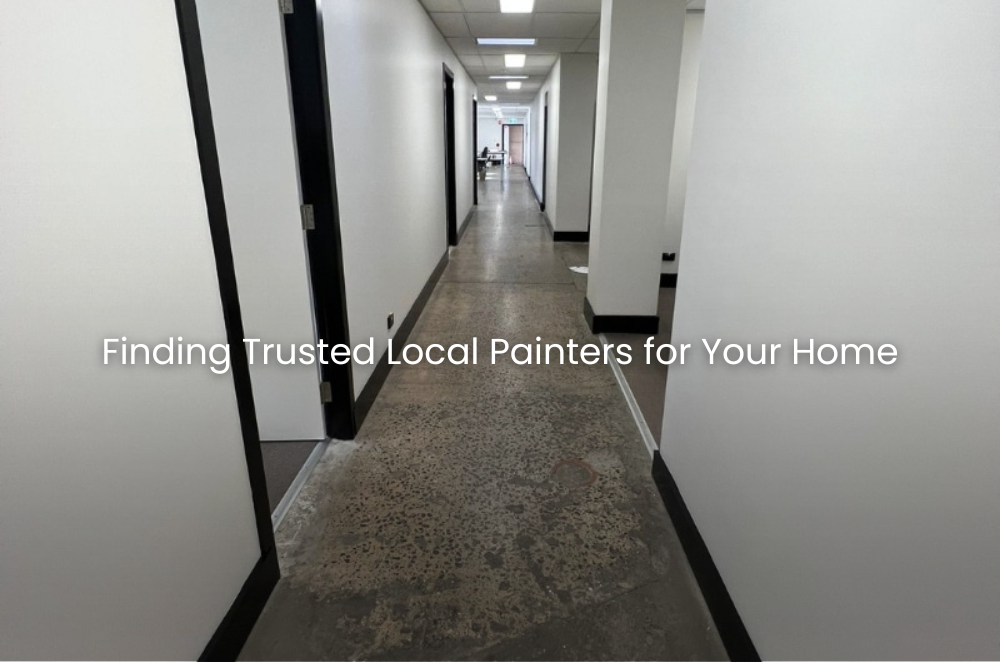
Finding a gyprock plasterer near you shouldn’t feel like rolling the dice. Surfaces need to be straight, joins need to be invisible, and timing needs to be reliable, especially when other trades are waiting. If you’re weighing up quotes and trying to avoid patchy workmanship, partnering with an experienced Gyprock plasterer is the difference between walls that just pass and walls that look professionally finished. We focus on crisp lines, smooth corners, and dust-smart prep that keeps jobs humming along. Whether it’s a quick repair, a ceiling set, or a complete reno, you want someone who shows up, owns the details, and leaves you with paint-ready sheets the first time without fuss, budget shocks, or delays.
What signs show quality Gyprock work?
Flat planes and smooth light reflection reveal the standard. Good setting hides joins and corners without sanding craters or ridges.
When you walk into a room, notice how light skims across the walls. Ripples and furry edges around joins are dead giveaways. A tidy setter feathers joints thin, keeps fasteners flush, and doesn’t drown the board in compound. We’re big on clean job sites, too; less dust means better finishes and happier neighbours. Priming is another telltale sign—if a wall flashes after the first coat of paint, the substrate preparation wasn’t proper. Cornices should meet sharply without lumpy beads or gaping mitres. The best work disappears into the room so the paint colour—not the plaster—does the talking. For nearby jobs that need dependable hands, tap into quality Gyprock plastering nearby.
• Even, consistent light with no waves
• Tight corners and feathered joints
• Minimal dust, tidy site, competent cleanup
How fast should a local plasterer respond?
Within a day for contact and within a week for on-site assessment is fair. Clear timelines and written scopes reduce surprises.
Speed matters because plastering often gates other trades. If we slip, painters stall and sparkies juggle returns. A good operator confirms your brief, outlines access requirements, and flags drying times so you can schedule the paint. We’ll also spot the hidden issues—such as loose framing, sagging ceilings, or water damage—and price them correctly, rather than “discovering” extras on the day. Communication is part of the craft: when we say we’ll be there at seven, we’re parked at ten to. Materials should be on hand, not “on the way,” and the mixer shouldn’t start until the room is masked and protected.
• Same-day message back, precise ETA
• Written scope, itemised allowances
• Start-to-finish plan that suits other trades
Which jobs benefit most from specialist plastering?
Anything you stare at daily: hallways, living rooms, kitchens, and wet-area ceilings. Repairs around downlights and high-traffic areas also require a careful approach.
Feature walls and long corridors show every bump when the afternoon sun hits at an angle. Level five finishes may sound fussy, but they save repaint headaches later. In kitchens and bathrooms, steam and movement test poor settings; proper backing, adhesives, and tape stop seams from ghosting back. Heritage rooms bring their own puzzles—lath-and-plaster transitions, uneven studs, odd angles. That’s where a measured and methodical approach pays off. We match compounds to the task, keep coats lean, and return for a final check once everything’s cured. No mystery, just process and pride in the surfaces you live with every day.
Conclusion: Getting gyprock right isn’t glamorous, but it makes every other finish sing. Choose clear communication, tidy sites, and proven techniques—then maintain a firm grip on allowances so the budget remains accurate. If you’re scoping a renovation and need realistic figures for labour and materials, this up-to-date guide to plasterer costs for renovations will help you price with confidence.












Write a comment ...